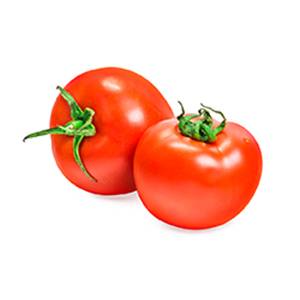- No. 268 Xianghe Street, Economic Development Zone of Xingtai city, Hebei 054001 China
- Byron@hbhongri.cn
chili and paprika
The Spicy World of Chili and Paprika
Chili and paprika are two of the most beloved spices in the culinary world, each bringing unique flavors and vibrant colors to a variety of dishes. While they may seem similar at first glance, they have distinct characteristics that set them apart. In this article, we will explore the origins, varieties, flavors, and culinary uses of chili and paprika, shedding light on why they are essential ingredients in kitchens around the globe.
Origins and Varieties
Both chili and paprika are derived from Capsicum peppers, which originated in Central and South America. Chili peppers came to prominence after the Columbian Exchange introduced them to Europe, Asia, and Africa. Today, there are various types of chili peppers, ranging from the mild bell pepper to the fiery ghost pepper. Chili peppers can be dried, powdered, or used fresh, and they play a vital role in the cuisines of many cultures, including Mexican, Indian, and Thai.
On the other hand, paprika has its roots primarily in Hungary and Spain. It is made from ground, dried Capsicum peppers, which vary in flavor, color, and heat levels depending on their origin. Hungarian paprika, known for its rich and sweet flavor, is often used in goulash, while Spanish paprika (pimentón) comes in varieties such as sweet, bittersweet, and smoked, giving dishes a depth of flavor that is distinctly Spanish.
Flavor Profiles
When it comes to flavor, chili and paprika offer a spectrum that can enhance any dish. Chili peppers are known for their heat, which comes from a compound called capsaicin. The heat level can vary significantly among different chili varieties. For instance, jalapeños offer a moderate kick, while habaneros can bring both intense heat and a fruity flavor.
chili and paprika

Paprika, on the other hand, is generally milder, with a sweetness that can range from subtle to robust. The flavor profile of paprika can also be influenced by whether it is smoked or not. Smoked paprika lends a deep, earthy flavor to dishes, making it a favorite among chefs looking to add complexity.
Culinary Uses
Chili and paprika can be used interchangeably in some recipes, but each has its place in the culinary world. Chilis are often used in salsas, sauces, and marinades to provide both heat and flavor. They can also be incorporated into stews, curries, and stir-fries, adding depth and character to these dishes.
Paprika, with its vibrant red color, is often used as a finishing spice, sprinkled on top of dishes for both aesthetic appeal and flavor enhancement. It is a key ingredient in dishes such as Hungarian goulash, Spanish chorizo, and deviled eggs. The versatility of paprika also extends to breakfast, where it can be used in egg dishes or sprinkled over avocado toast for an extra kick.
Conclusion
In conclusion, chili and paprika are more than mere spices; they are essential components of global cuisine that bring warmth, depth, and color to our plates. Their distinct flavors and culinary versatility make them beloved by home cooks and professional chefs alike. Whether you prefer the fiery heat of chili peppers or the sweet and smoky notes of paprika, incorporating these spices into your cooking can open up a world of flavor possibilities. So next time you reach for that spice jar, consider the magic that chili and paprika can bring to your dishes.
-
The Versatile Uses and Benefits of Capsicum Frutescens Oleoresin and ExtractsNewsJun.03,2025
-
Paprika&Chili Products Enhancing Flavor and Wellness in Every BiteNewsJun.03,2025
-
Paprika Extract and Capsicum Applications in Food and IndustryNewsJun.03,2025
-
Exploring the Benefits and Uses of Turmeric Powder and Curcumin ExtractNewsJun.03,2025
-
Discover the Bold Flavor of Premium Chilli Powder from ChinaNewsJun.03,2025
-
Capsicum Oleoresin Extract: A Potent Natural Ingredient in Modern ApplicationsNewsJun.03,2025







